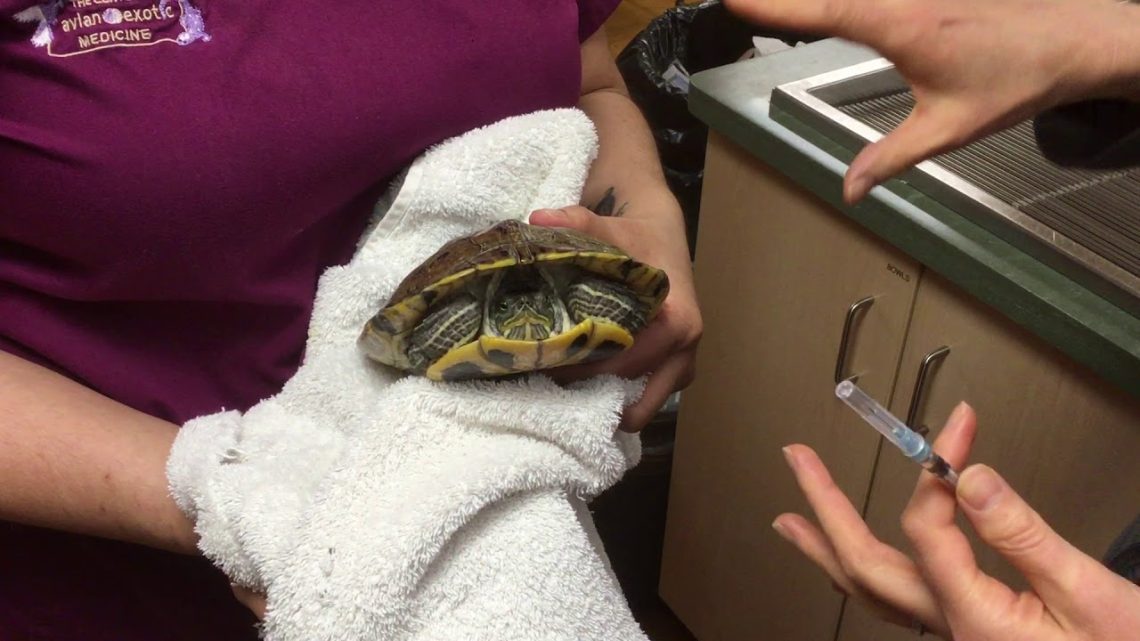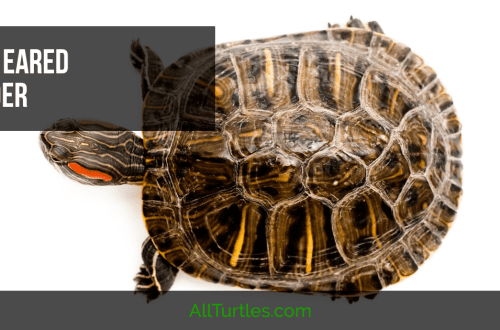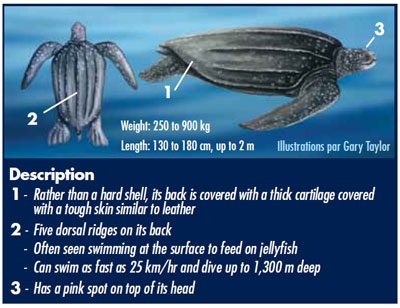
How to inject turtles
For many owners, injections to turtles seem to be something unrealistic, and one can often hear the surprise “Are they really given injections too ?!”. Of course, reptiles, and in particular turtles, undergo procedures similar to other animals, and even to humans. And often treatment is not complete without injections. Often, injections cannot be avoided, since it is dangerous to give drugs into the mouth of turtles because of the risk of getting into the trachea, and the technique of giving a tube into the stomach seems to the owners even more frightening than an injection. And not all drugs are available in the form of tablets, and it is often much easier and more accurate to dose the drug in injectable form per turtle weight.
Thus, the main thing is to discard the fear of an unknown procedure, which, in fact, is not so complicated and can be mastered even by people who are not related to medicine and veterinary medicine. The injections that can be given to your turtle are divided into subcutaneous, intramuscular and intravenous. There are also intra-articular, intracelomic and intraosseous, but they are less common and some experience is required to perform them.
Depending on the prescribed dosage, you may need a 0,3 ml syringe; 0,5 ml – rare and mostly in online stores (can be found under the name tuberculin syringes), but are indispensable for introducing small doses to small turtles; 1 ml (insulin syringe, preferably 100 units, so as not to get confused in divisions), 2 ml, 5 ml, 10 ml.
Before the injection, carefully check whether you have drawn the exact amount of the drug into the syringe and if you have any doubts, it is better to ask the specialist or veterinarian again.
There should be no air in the syringe, you can tap it with your finger, holding the needle up, so that the bubbles rise to the base of the needle and then squeeze out. The entire required volume should be occupied by the drug.
Please note that it is better not to treat the skin of turtles with anything, especially with alcohol solutions that can cause irritation.
We make each injection with a separate disposable syringe.
Most often, maintenance saline solutions, glucose 5%, calcium borgluconate are prescribed subcutaneously. Access to the subcutaneous space is easiest to carry out in the area of the base of the thighs, in the inguinal fossa (less often in the area of the base of the shoulder). There is a fairly large subcutaneous space that allows you to enter a significant amount of fluid, so do not be intimidated by the volume of the syringe. Thus, you need a hollow between the upper, lower carapace and the base of the thigh. To do this, it is better to stretch the paw to its full length, and hold the turtle sideways (it is more convenient to do this together: one holds it sideways, the second pulls the paw and stabs). In this case, two skin folds form a triangle. Kolem between these folds. The syringe should not be injected at a right angle, but at 45 degrees. The skin of reptiles is quite dense, so when you feel that you have pierced the skin, start injecting the drug. With large volumes, the skin may begin to swell, but this is not scary, the liquid will resolve within a few minutes. If, immediately after the injection, a bubble began to inflate on the skin at the injection site, then most likely you did not pierce the skin to the end and inject it intradermally, just move the needle inward by another couple of millimeters. After the injection, pinch and massage the injection site with your finger so that the hole from the needle is tightened (the skin of reptiles is not so elastic and a small amount of the drug may leak at the injection site). If you could not stretch the limb, then the way out is to stab at the base of the thigh, along the edge of the plastron (lower shell).
Vitamin complexes, antibiotics, hemostatic, diuretic and other drugs are administered intramuscularly. It is important to remember that antibiotics (and some other nephrotoxic drugs) are done strictly in the front paws, in the shoulder (!). Other drugs can be injected into the muscles of the thigh or buttocks.
To make an injection in the shoulder, it is necessary to stretch the front paw and pinch the upper muscle between the fingers. We stick the needle between the scales, it is better to hold the syringe at an angle of 45 degrees. Similarly, an injection is made into the femoral muscle of the hind legs. But often, instead of the femoral part, it is more convenient to inject into the gluteal region. To do this, remove the hind leg under the shell (fold in a natural position). Then the joint becomes well visible. We stab over the joint closer to the carapace (upper shell). There are thick dense shields on the hind legs, you need to prick between them, inserting the needle a few millimeters deep (depending on the size of the pet).
The technique of such an injection is not simple and is carried out by a veterinarian. Thus, blood is taken for analysis, some drugs are administered (supportive infusion of fluids, anesthesia during operations). To do this, either the tail vein is chosen (it is necessary to prick on top of the tail, first resting on the spine and then retracting the needle a few millimeters towards itself), or a sinus under the arch of the carapace (upper shell) above the base of the turtle’s neck. For analysis without harm to health, blood is taken in a volume of 1% of body weight.
Necessary for the introduction of large volumes of the drug. The injection site is the same as for a subcutaneous injection, but the turtle must be held upside down so that the internal organs are displaced. We pierce with a needle not only the skin, but also the underlying muscles. Before injecting the drug, we pull the syringe plunger towards ourselves to make sure that it does not get into the bladder, intestines or other organ (urine, blood, intestinal contents should not enter the syringe).
After performing injections, it is better for aquatic turtles to hold the pet on land for 15-20 minutes after the injection.
If during treatment, the turtle is prescribed, in addition to injections, giving drugs with a probe into the stomach, then it is better to give injections first, and then after a while give medicines or food through the tube, since in the reverse order of actions, vomiting may occur on a painful injection.
What are the consequences of injections?
After some drugs (which have an irritant effect) or if they enter a blood vessel during injection, local irritation or bruising may form. This area can be anointed for several days with Solcoseryl ointment for the fastest healing. Also, for some time after the injection, the turtle may limp, draw in or stretch the limb into which the injection was made. This painful reaction usually resolves within an hour.





